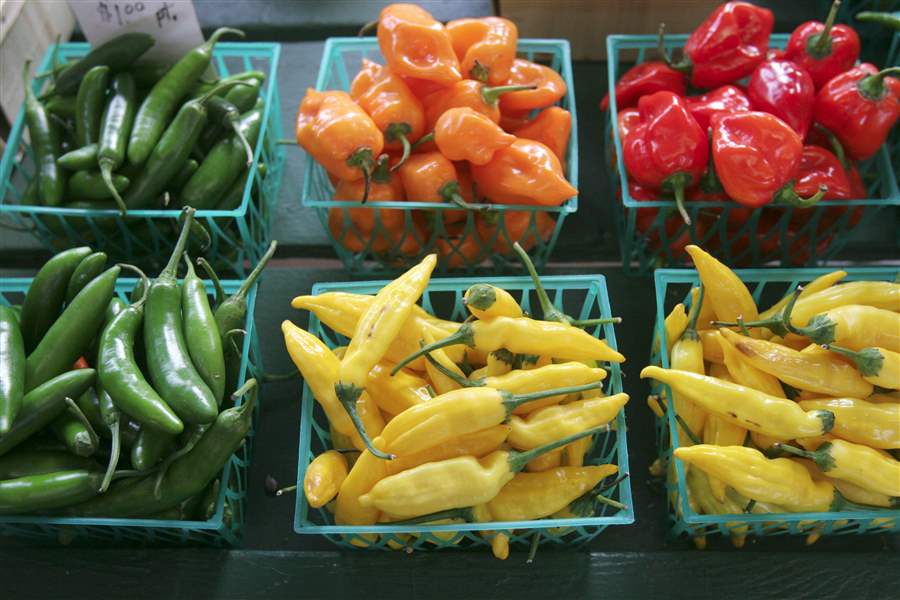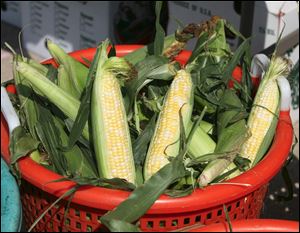
Signs point to another profitable year for farming
3/25/2012
Last year net farm income reached $98.1 billion, up 24 percent from 2010 and 36 percent from the 10-year average.
The Blade
Buy This Image

Last year net farm income reached $98.1 billion, up 24 percent from 2010 and 36 percent from the 10-year average.
Success one year in the fields never assures success in the next, but over the last half-decade farm profits have been riding high.
"The last five or six years, I don't think there is any industry that has had as good of a run as crop agricultural," said Matt Roberts, an agricultural economist at Ohio State University.
Yields have been good, commodity prices have been up, and demand has been strong both in the United States and abroad.
According to the United States Department of Agriculture, net farm income reached $98.1 billion last year, up 24 percent from 2010 and 36 percent from the 10-year average.
Experts say this year isn't likely to generate quite the same returns, but 2012 is still shaping up to be another profitable year.
RELATED ARTICLE: Local farmers fret over possible freeze
"I don't think we are going to have a record year as we did last year or over the past couple years. However, it still looks like it should be a very profitable year," Mr. Roberts said. "A lot of it has to do with yield, how many bushels are actually produced."
Though agricultural economists say demand has leveled somewhat, it remains strong both domestically and internationally.

Clyde-area farmer Bill Frankart says grain markets are anticipating a lot of acres to be planted with corn and soybeans. He said the market price for corn is about $1.50 less per bushel now than it was at the same point last year.
A concern for farmers is that more demand will bring more production, which will lower prices. Part of the reason they were so high last year was the poor growing conditions in some parts of the country.
"The problem is the grain markets are starting to soften up some because they're anticipating a lot of acres to be planted of corn and soybeans. The markets are starting to reflect that," said Clyde-area farmer Bill Frankart. He said market price for corn is about $1.50 less per bushel now than it was at the same point last year.
Though Mr. Frankart says it's too early for him to think about planting, the warm temperatures are helping him catch up after last year's harvest was seriously delayed by weather.
"We have a lot of things to do we didn't get done this fall," he said. "We have fertilizer to put on yet and we still have spraying to do. We've got a lot of those jobs that are getting close to being ready."
Barry Ward, an agricultural economist at Ohio State, said many farmers are in the same situation. Crops are expected to get in ahead of schedule, and Mr. Ward said that could help push up production.
Mr. Ward said fertilizer costs dropped a bit in the fall when demand shrank because of lower than normal application. Prices have come back up and likely will continue inching higher, but he said most farmers shouldn't expect to pay much more than last year.
"We don't expect to see anything too drastic, primarily because of improved supply," Mr. Ward said.